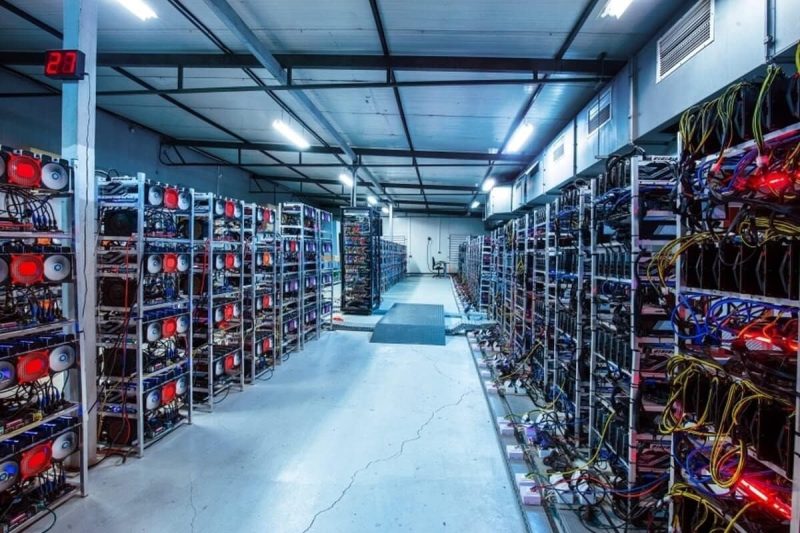Source: AdobeStock / Photocreo Bednarek
A number of crypto advocates have emphasized the significance of Bitcoin (BTC) mining as a “critical tool” for clean energy usage and grid balancing.
In a recently published working paper titled “Leveraging Bitcoin Miners as Flexible Load Resources for Power System Stability and Efficiency,” Bitcoin advocates and former ERCOT (Electric Reliability Council of Texas) President Brad Jones highlighted numerous benefits of BTC mining.
The paper argued that the incorruptibility and rapid load response capabilities inherent in Bitcoin mining can enhance grid flexibility, facilitating the integration of variable renewable energy sources.
BREAKING: New working paper co-authored by former ERCOT & NYISO CEO, highlights #Bitcoin mining as a critical tool for clean energy and balancing the grid. pic.twitter.com/86pXuQ1XxL
— Dennis Porter (@Dennis_Porter_) November 27, 2023
The authors of the paper include Nic Carter, partner at Castle Island Ventures, Dennis Porter, CEO of Satoshi Action Fund, Murray Rudd, Science Advisor, and the late Brad Jones.
Shaun Connell, the Executive Vice President of Power at Houston-based tech company Lancium, also contributed to the research.
Miners in Texas Helped Tackle Growing Demand for Electricity
The paper offered case studies illustrating how Bitcoin miners in Texas have participated in demand response programs and offered grid services, showcasing their unique abilities as flexible and controllable loads.
The findings of the paper challenge the claims made by anti-crypto politicians who have often pointed fingers at Bitcoin miners for their alleged high energy usage and strain on grids.
Senator Elizabeth Warren and several other Democrats previously pressed ERCOT for information on the electricity consumed by Bitcoin mining operations.
However, the researchers argue that Bitcoin miners can actually play a vital role in demand response, contributing to the technical and economic stability of the grid.
Addressing the comprehensive impact of Bitcoin on global energy demand and climate change, the researchers acknowledge that the situation remains complex.
However, emerging data suggests that the effects of Bitcoin mining might be more nuanced than commonly believed.
A recent study from Cornell University demonstrated how wind and solar projects can benefit from Bitcoin mining during their pre-commercial development phases.
The sustainability of Bitcoin mining has been improving thanks to various innovations.
Hydro-cooling farms and the utilization of associated petroleum gas have contributed to making Bitcoin mining more environmentally friendly.
Furthermore, reports from September indicate that over 50% of Bitcoin’s energy usage comes from clean energy sources.
Miners Reap Rewards as Halving Looms
Crypto miners have been enjoying increased rewards amid the recent surge in crypto prices, with their average daily revenue rising to around $32 million over the past month.
The hashrate, a measure of the computational power needed to mine a coin, has reached an all-time high, indicating that miners are using more powerful computers to crack the complex maths puzzles that earn them a Bitcoin.
According to the mining data platform Hashrate Index, a measure of miners’ earnings from using 1 petahash per second of computing power in a day has risen to over $81 from $70 at the start of November.
Meanwhile, the anticipation of a spot ETF approval has led to a surge in Bitcoin’s price in recent weeks.
The cryptocurrency rallied towards $38,000 late yesterday, driven by market speculation surrounding the potential approval of a spot ETF.
The post Crypto Advocates Mention Bitcoin Mining as a “Critical Tool” for Clean Energy and Balancing Grid appeared first on Cryptonews.






